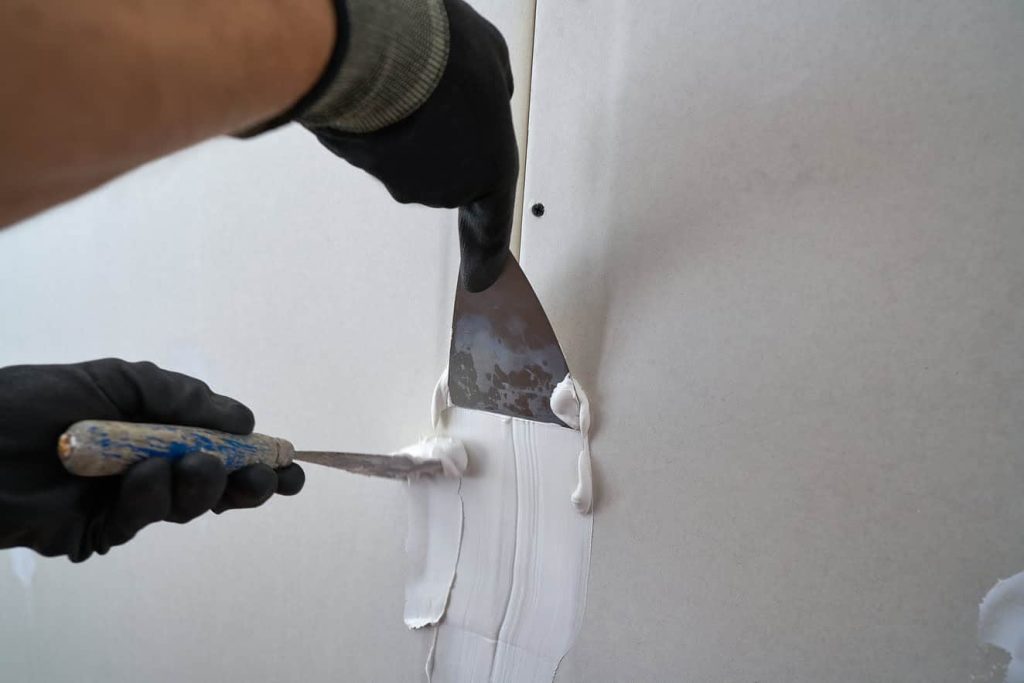Plaster Repair vs. Replacement: Which is Right for Your Home?

Plaster walls can add a touch of elegance and character to any home. However, they’re not immune to the wear and tear that comes with time. Cracks, holes, and sagging can make your walls look tired and neglected. So, the big question arises: should you repair your plaster walls or go for a full-blown replacement? Find the answer to this crucial question, as we’re here to help you make an informed decision.


 Previous Post
Previous Post Next Post
Next Post
